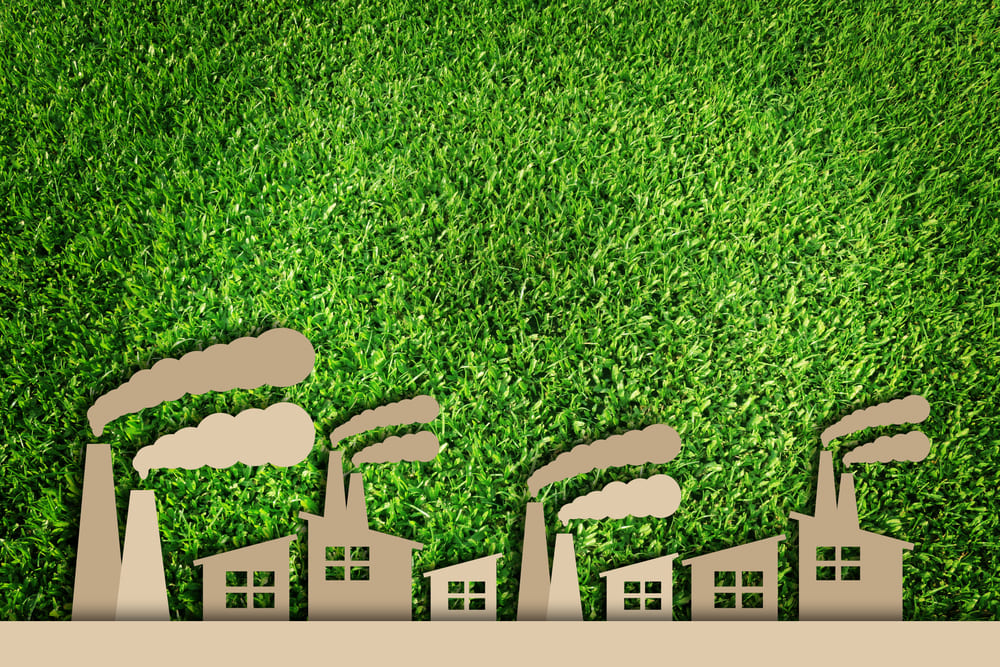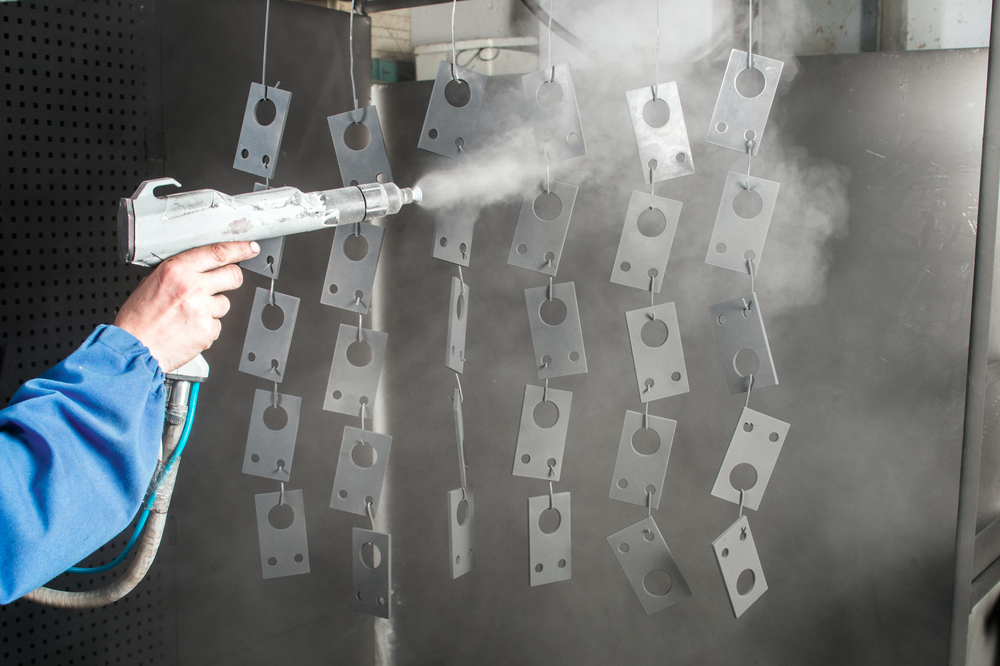Powder coating is a popular and eco-friendly alternative to liquid coating methods, offering advantages in terms of durability, aesthetics, and environmental impact. This article examines the environmental benefits of powder coating and its role in promoting sustainable practices
Introduction:
Powder coating has emerged as a popular and environmentally friendly alternative to traditional liquid coating methods. This dry finishing process offers numerous advantages, not only in terms of durability and aesthetics but also in minimizing the environmental impact. In this article, we will explore the environmental benefits of powder coating and its contribution to sustainable practices.
Reduced Volatile Organic Compounds (VOCs):
One of the significant advantages of powder coating is the elimination or substantial reduction of volatile organic compounds (VOCs). VOCs are chemicals found in many liquid coatings that contribute to air pollution, smog formation, and potential health hazards. Powder coatings contain negligible levels of VOCs, making them a more eco-friendly choice for coating applications.
Minimized Hazardous Air Pollutants (HAPs):
Unlike solvent-based liquid coatings, powder coatings do not release hazardous air pollutants during application or curing processes. HAPs include toxic substances such as heavy metals and other harmful compounds that can have adverse effects on human health and the environment. By utilizing powder coating, the emission of HAPs can be significantly reduced, promoting cleaner air quality.
Waste Reduction:
Powder coating is highly efficient in terms of material usage. Unlike liquid coatings, which often result in overspray, powder coatings can be applied with precision, minimizing waste. Furthermore, any over spray generated during the powder coating process can be collected and reused, reducing overall material waste and ensuring optimal utilization of resources.
Energy Efficiency:
The curing process of powder coating requires less energy compared to traditional liquid coating methods. Powder coatings can be cured at lower temperatures, leading to energy savings and reduced greenhouse gas emissions. The lower curing temperatures also allow for the coating of heat-sensitive materials without the risk of damage, expanding the range of applications for powder coating.
Durability and Longevity:
Powder coatings offer excellent durability, making the coated products less prone to damage, corrosion, and fading. This extended lifespan reduces the need for frequent recoating and replacement, resulting in less material consumption and waste generation over time. The enhanced durability of powder coatings contributes to sustainable practices by promoting product longevity and reducing the environmental impact associated with frequent maintenance or replacement.
Conclusion:
Powder coating provides a sustainable and environmentally friendly alternative to liquid coating methods. By minimizing or eliminating VOCs, HAPs, and waste generation, powder coatings contribute to cleaner air, reduced resource consumption, and energy savings. The long-lasting nature of powder coatings further enhances their eco-friendliness by extending product lifespans. As businesses and industries increasingly prioritize sustainable practices, powder coating stands out as an effective solution for achieving environmental goals while maintaining high-quality finishes.
Remember, choosing powder coating not only ensures superior protection and aesthetics but also demonstrates a commitment to preserving our environment for future generations.





